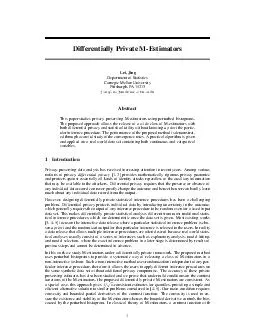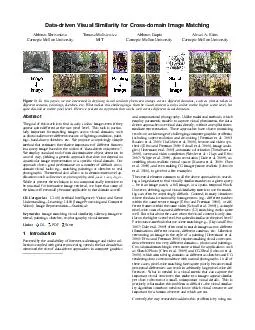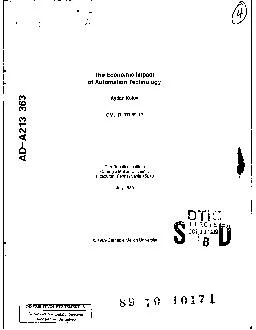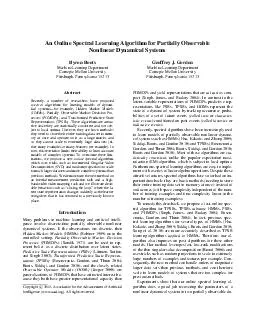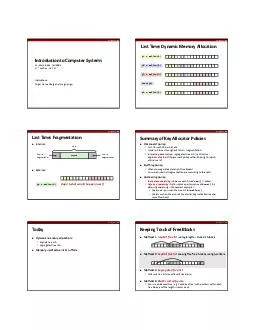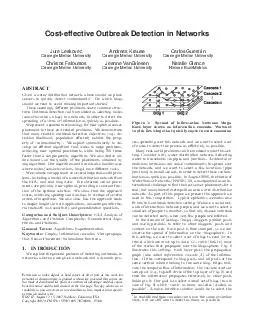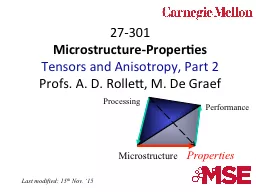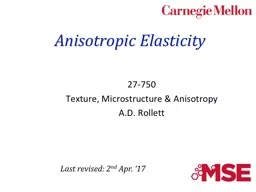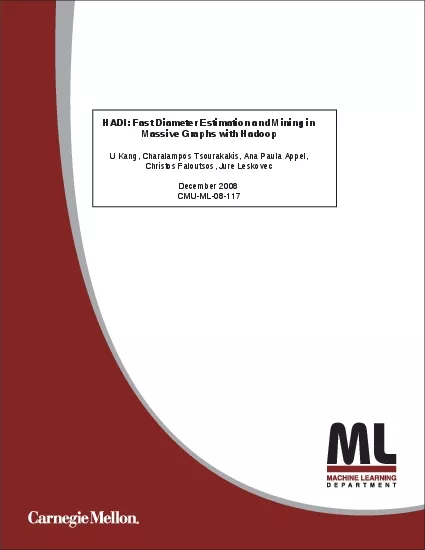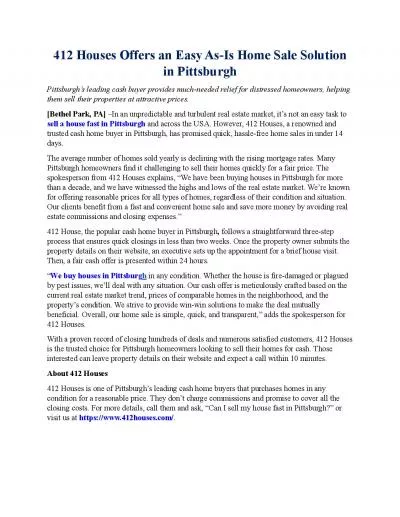PDF-Differentially Private MEstimators Lei Jing Department of Statistics Carnegie Mellon University
Author : cheryl-pisano | Published Date : 2014-12-15
cmuedu Abstract This paper studies privacy preserving Mestimators using perturbed histograms The proposed approach allows the release of a wide class of Mestimators
Presentation Embed Code
Download Presentation
Download Presentation The PPT/PDF document "Differentially Private MEstimators Lei J..." is the property of its rightful owner. Permission is granted to download and print the materials on this website for personal, non-commercial use only, and to display it on your personal computer provided you do not modify the materials and that you retain all copyright notices contained in the materials. By downloading content from our website, you accept the terms of this agreement.
Differentially Private MEstimators Lei Jing Department of Statistics Carnegie Mellon University: Transcript
Download Rules Of Document
"Differentially Private MEstimators Lei Jing Department of Statistics Carnegie Mellon University"The content belongs to its owner. You may download and print it for personal use, without modification, and keep all copyright notices. By downloading, you agree to these terms.
Related Documents

